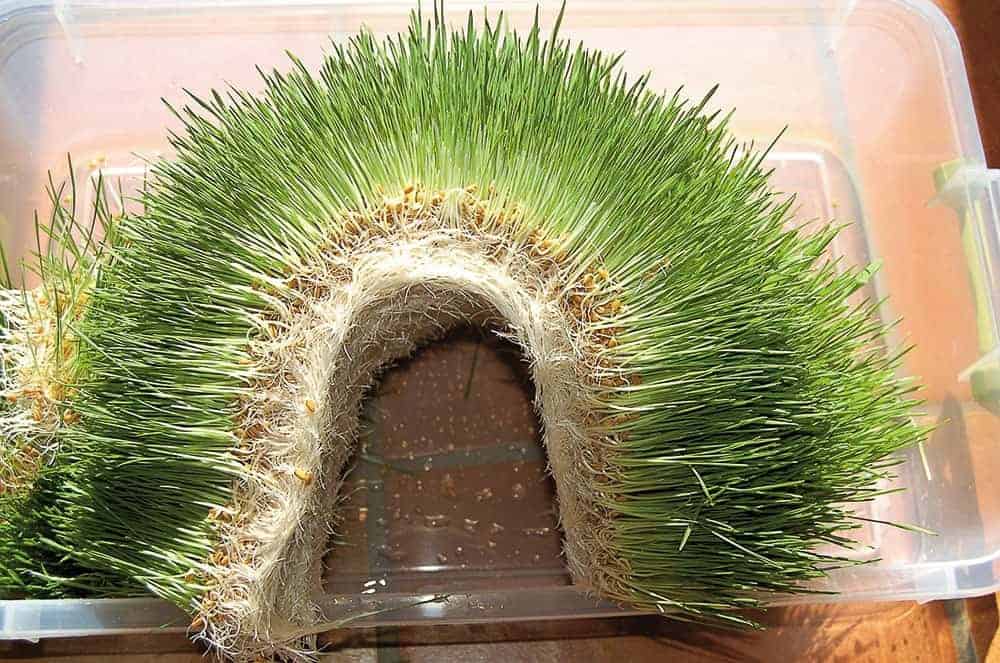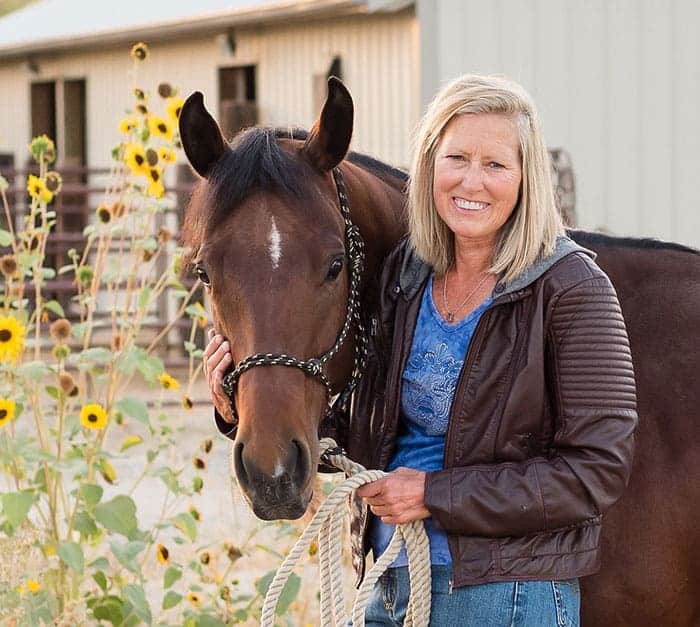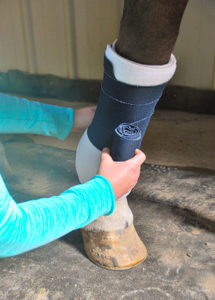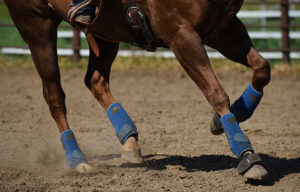Is Hydroponic Feed in Your Horse’s Future?

Rising feed prices and drought conditions have led to a growing interest in using fodder systems to feed horses
Hundreds of years ago, people living in areas with limited farmland developed a method of growing plants without using soil. This system, called hydroponics, allowed them to produce crops quickly and en masse. Hydroponics has captured horse owners’ attention recently, thanks to the development and availability of products called fodder systems. Fodder refers to food grown for and fed in a living state to livestock. Rising feed prices are also responsible for the growing interest in fodder systems. They’ve become popular in Australia, for instance, due to that country’s extreme drought conditions and resulting feed shortage.
In the United States a variety of companies sell fodder systems designed specifically for horses and other livestock. System size and design range among models, and each features a slightly different method for growing sprouts. The one thing they all have in common, however, is that none requires soil or a growing medium. The user simply places seeds in growing trays and sprays them regularly with water. Some kits require grow lights, while others work off your home, barn, or greenhouse’s ambient light.
Different varieties or combinations of grains or legumes (from alfalfa and grasses, such as brome, fescue and timothy, to cereal grains such as barley, oats, and wheat) are available for different animal species, but the most common crops grown for horses are wheat and barley. The seeds germinate and grow rapidly, and in approximately six days a “crop” is ready to feed to livestock. The 6- to 8-inch-tall sprouts grow in a thick layer called a mat. You can remove the mat from the tray and feed it to horses in its entirety—roots and all. The idea is to have fresh, live, natural food that you’ve grown yourself within mere days TheHorse.com is home to thousands of free articles about horse health care. In order to access some of our exclusive free content, you must be signed into TheHorse.com. Already have an account?Create a free account with TheHorse.com to view this content.
Start your free account today!
and continue reading.

Written by:
Alayne Blickle
Related Articles
Stay on top of the most recent Horse Health news with












